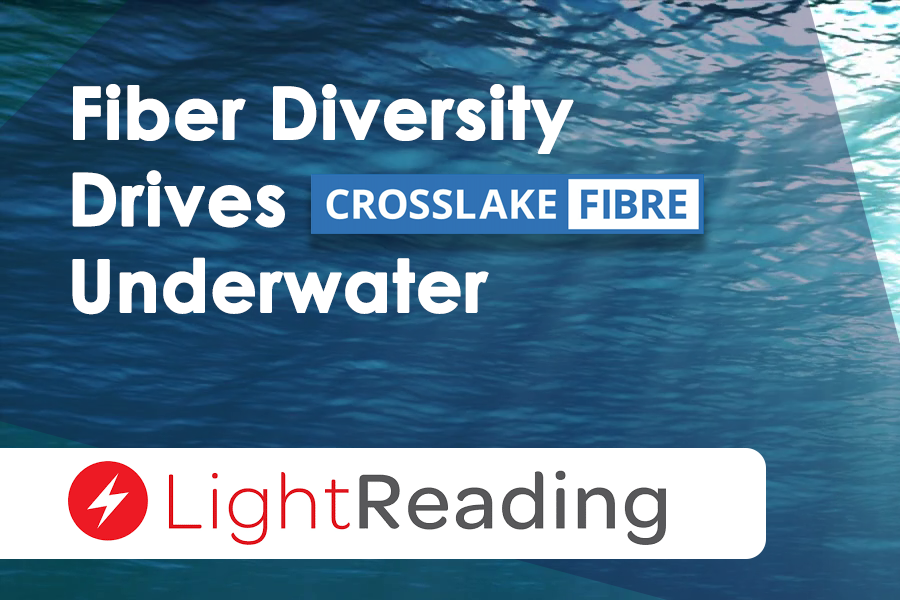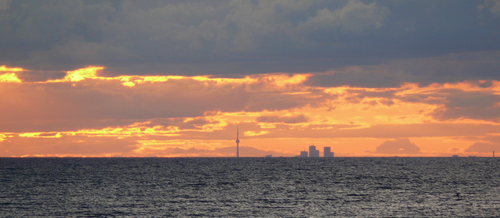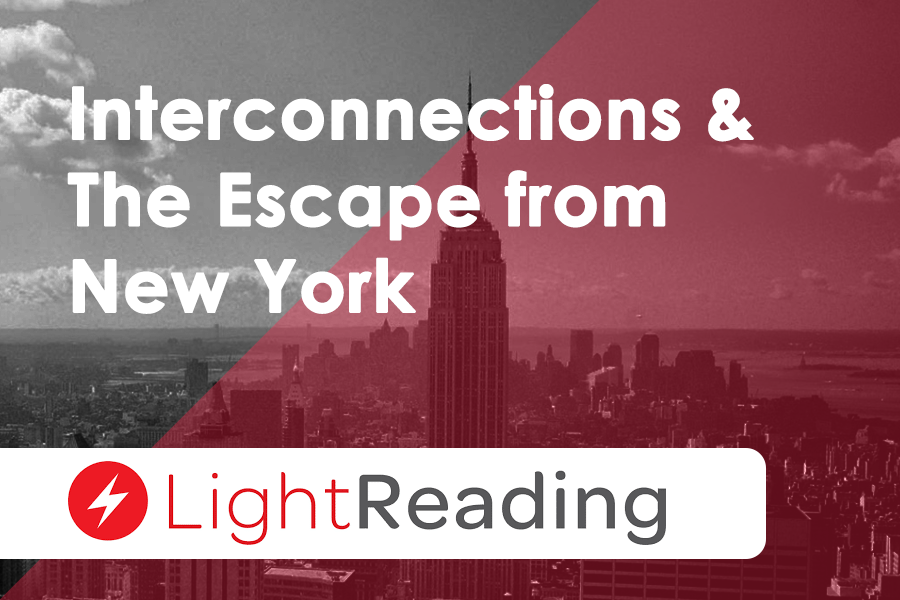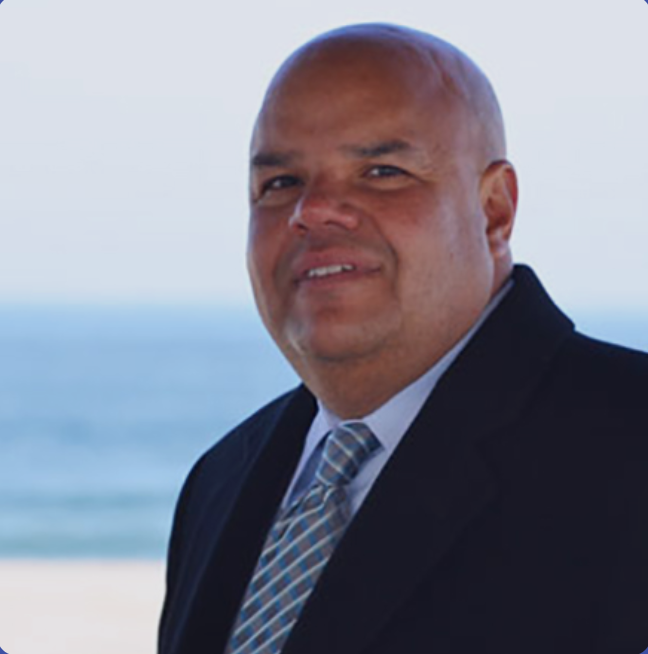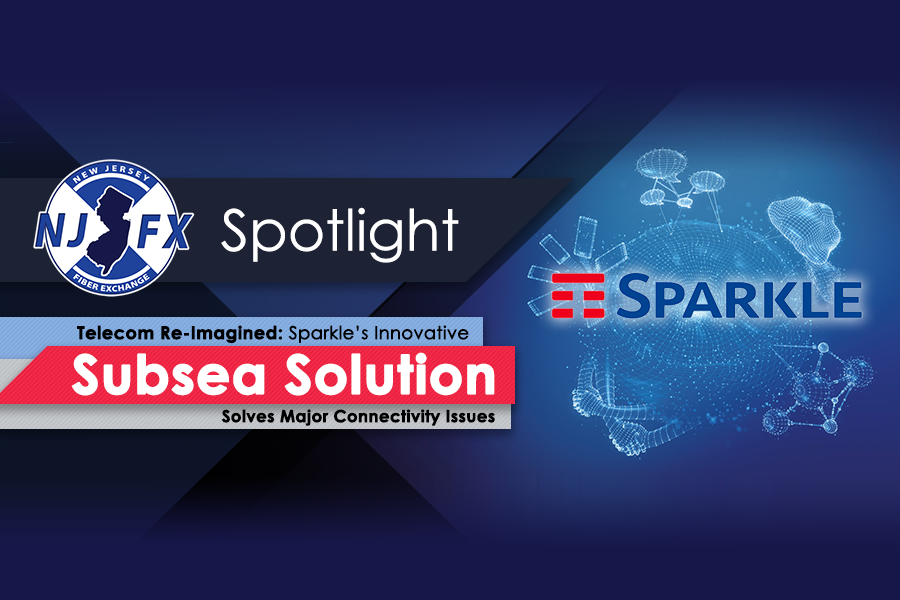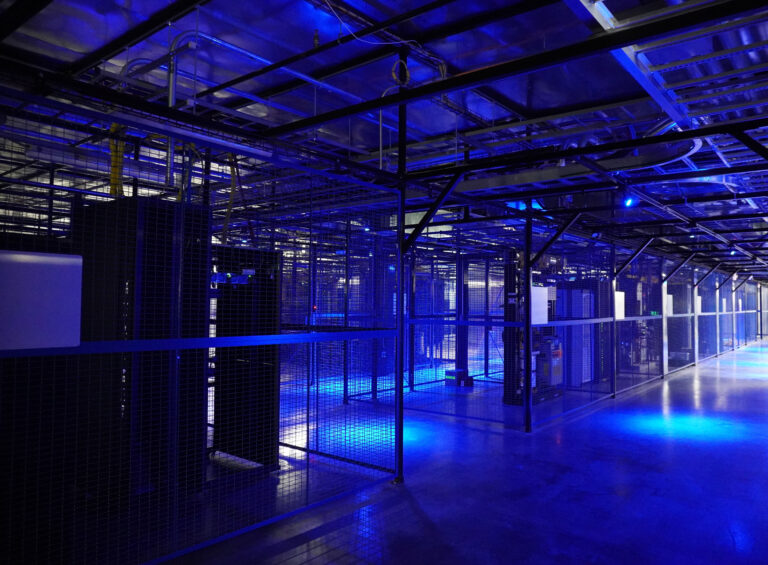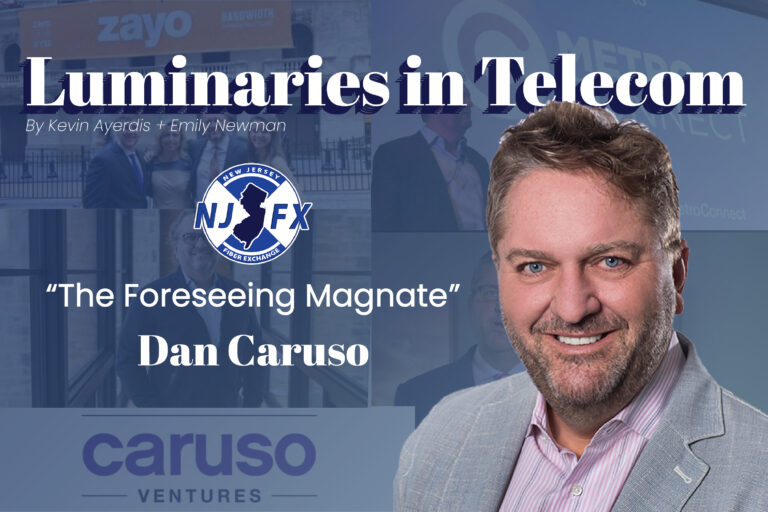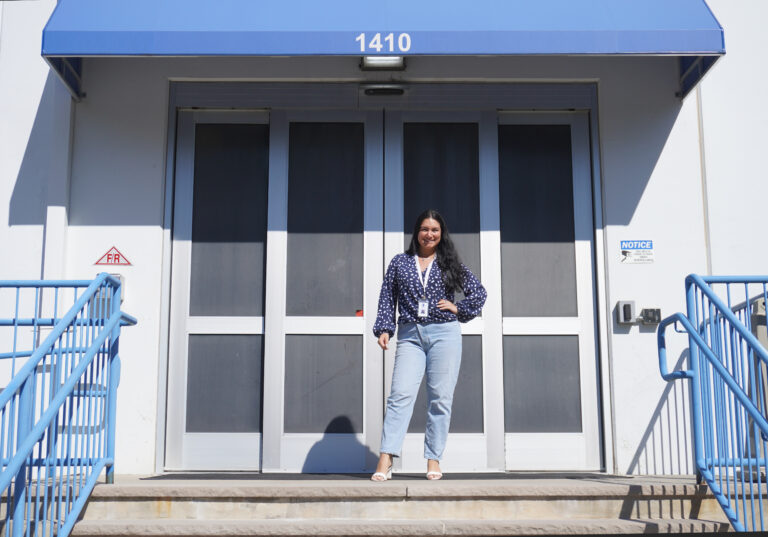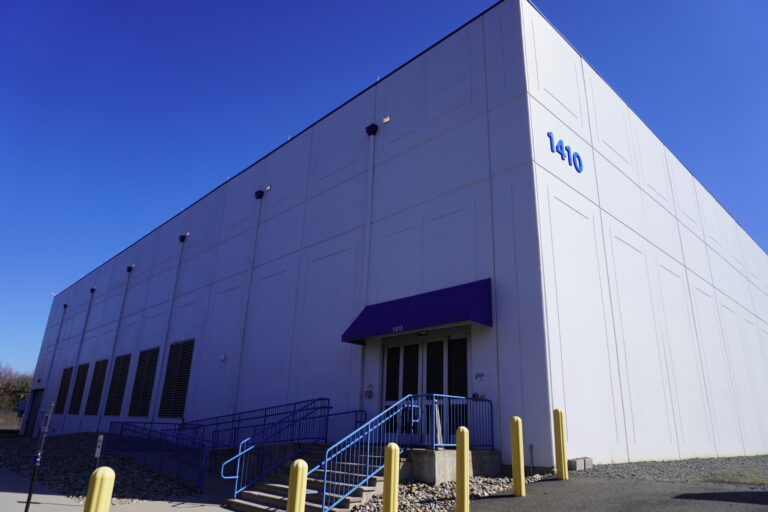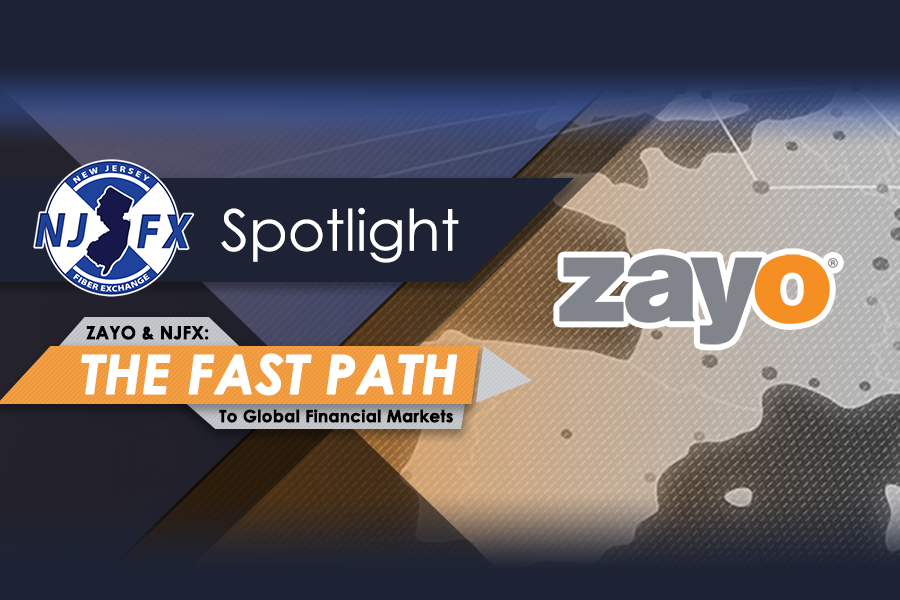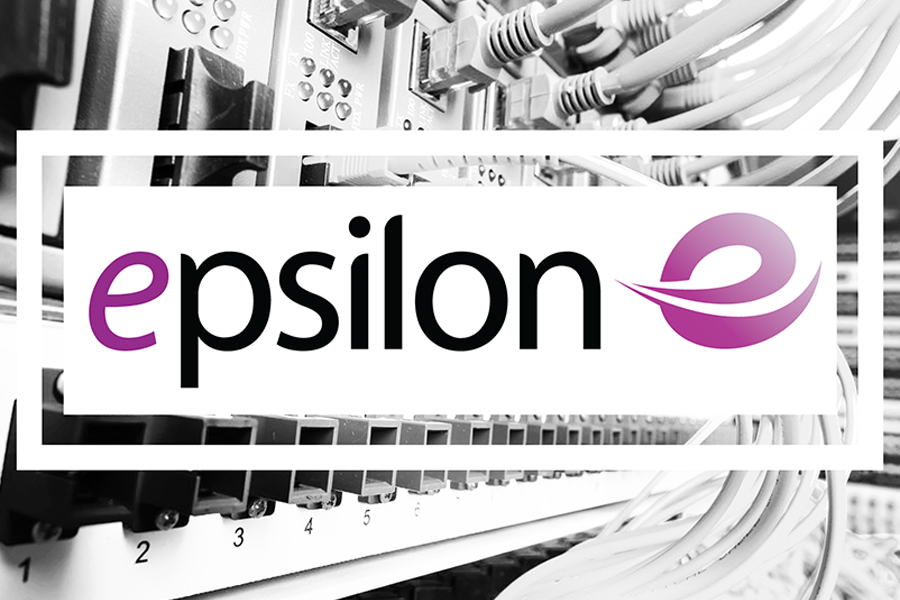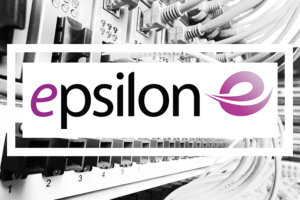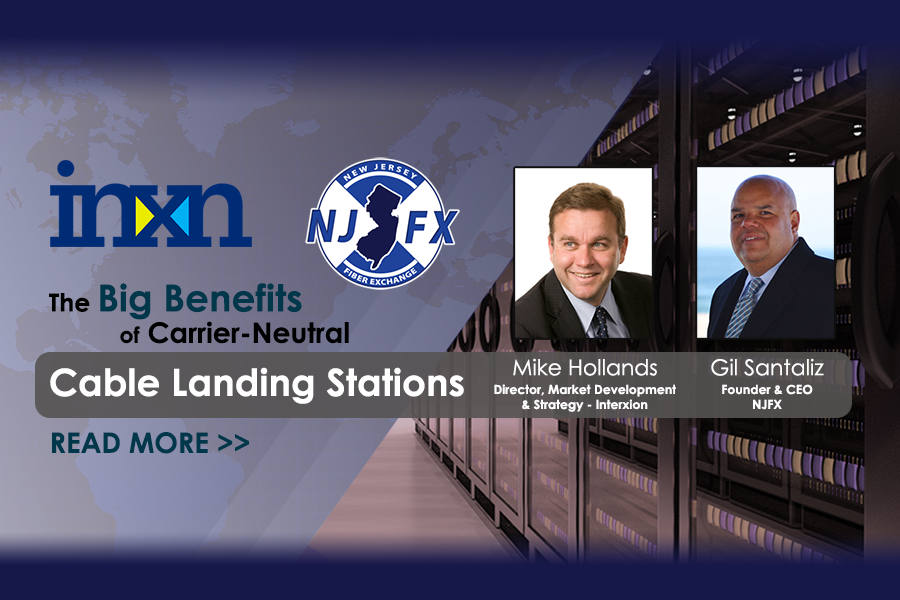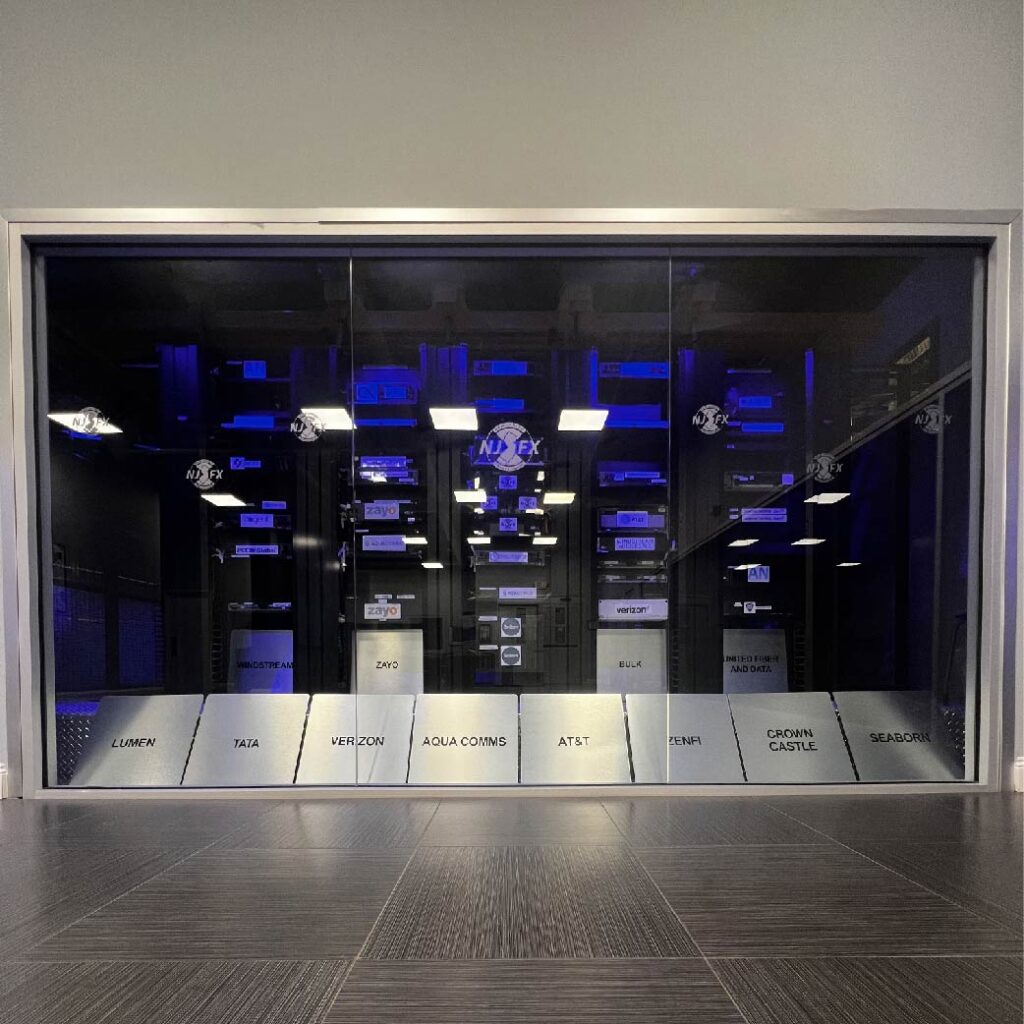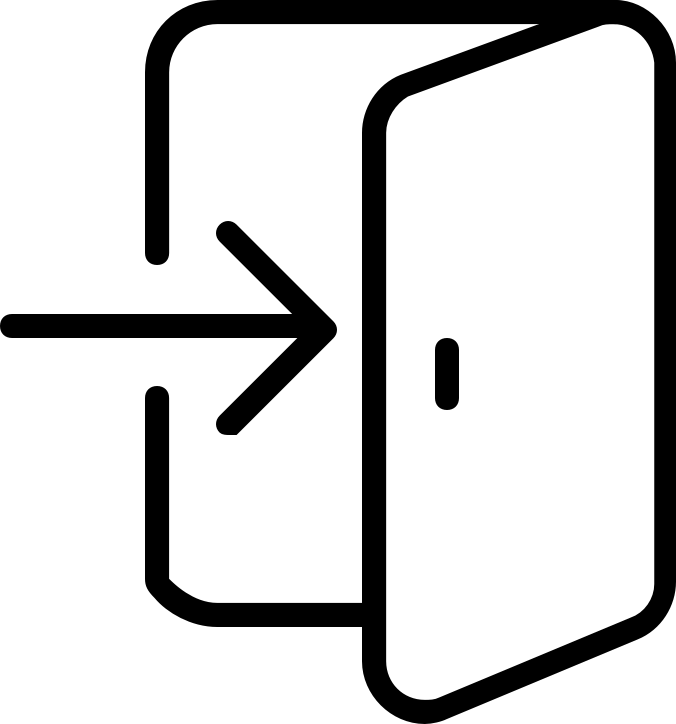Innovation at Lightning Speed – Connectivity MUST Keep Pace
Innovation at Lightning Speed – Connectivity MUST Keep Pace
June 14, 2018
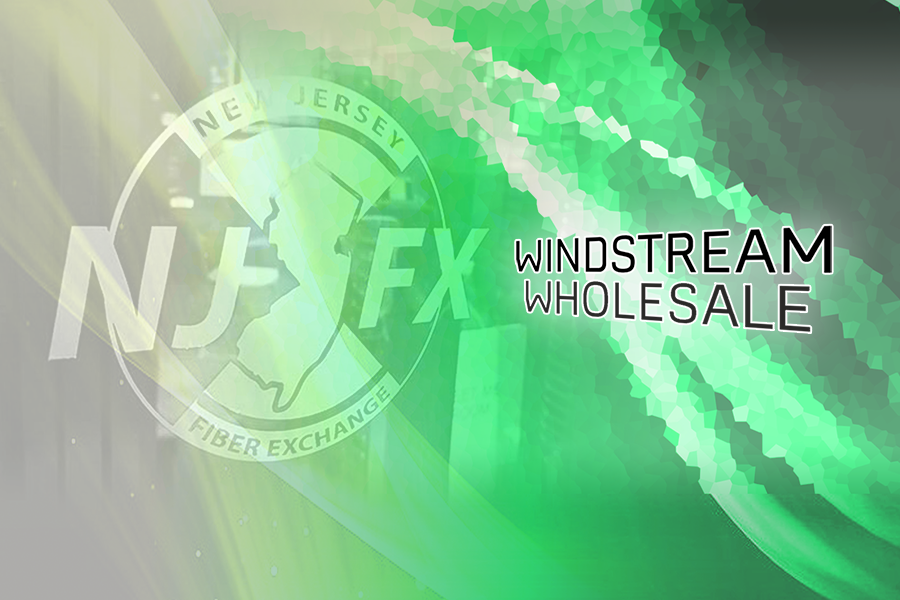
Windstream Wholesale is fortifying its fiber transport network at NJFX’s Tier 3 carrier-neutral colocation campus, located at the cable landing station in Wall, NJ. Offering protected backbone network services, along with a portfolio of data, cloud and managed services, Windstream Wholesale is laser-focused on optimizing its customers’ cloud connectivity resources, as well as providing the bandwidth required to support the constantly growing data traffic of today’s world.
As a major U.S. carrier, the Windstream Wholesale’s presence at NJFX’s facility—strategically located where subsea cables from the U.S., Europe and South America meet at the United States’ easternmost edge—allows the company to securely connect with global network providers. In addition to its broad portfolio of highly available, fiber optic transport solutions, Software Defined Network Orchestrated Wavelengths (SDNow) from Windstream Wholesale lays the foundation for on-demand services, accelerated deployments and improved customer experience. The combination of these services helps enterprise and wholesale customers enable cloud connectivity and pave the way for digital transformation.
Windstream Wholesale can further support their North American network with highly valuable services from NJFX’s Tier 3 facility while also offering a route that bypasses New York City traffic that more efficiently connects to in-demand locations such as Miami, Atlanta, Denver, Ashburn, Chicago, Dallas, Columbus and Los Angeles. The NJFX relationship allows Windstream Wholesale to provide services to the federal, financial and the carrier community with direct access to subsea cables—typically restricted in a cable landing station—within a non-competitive, secure and closed environment.
“What Windstream Wholesale offers at the NJFX colocation campus is a reliable, high-quality option for organizations coming in internationally, looking for connectivity options in the U.S,” commented Joe Scattareggia, president of Windstream Wholesale. “This newest project is an overbuild of a system with newer, updated technology. As a more cost-effective and efficient solution, our customers will now have even greater access to the cable landing station in Wall, NJ. We are building a diverse path—particularly the Ashburn route, which avoids the busy Philadelphia metro—along with an upgrade of existing services, with increased and accelerated installation time frames, resulting in significantly service delivery,” stated Scattareggia.
“Carriers and service providers are now realizing that they need to position themselves to meet the challenge of increased capabilities and capacities for themselves, as well as their end users. NJFX is helping to make this possible,” confirmed Gil Santaliz, founder and CEO of NJFX.
More information on Windstream’s national footprint and long-haul core network can be found on the company’s Interactive Map.
Additional coverage of this story available from Converge! Network Digest.
###
About NJFX:
NJFX is a Tier 3 Carrier Neutral Cable Landing Station campus. Our colocation ecosystem has expanded to over 35 network operators offering flexibility, reliability, and security. Our Wall, NJ location provides direct access to multiple subsea cable systems giving our carriers diverse connectivity solutions and offers direct interconnection without recurring cross-connect fees.
More In the News
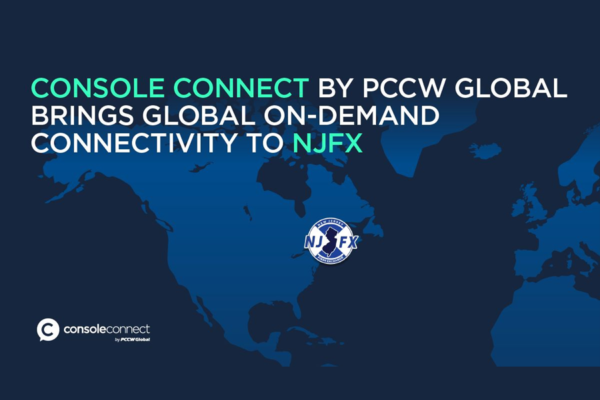
PCCW Global brings global on-demand connectivity to NJFX through new point-of-presence
PCCW Global brings global on-demand connectivity to NJFX through new point-of-presence September 17, 2020 HKT (SEHK:6823) – HONG KONG, PCCW Global, a leading international communications
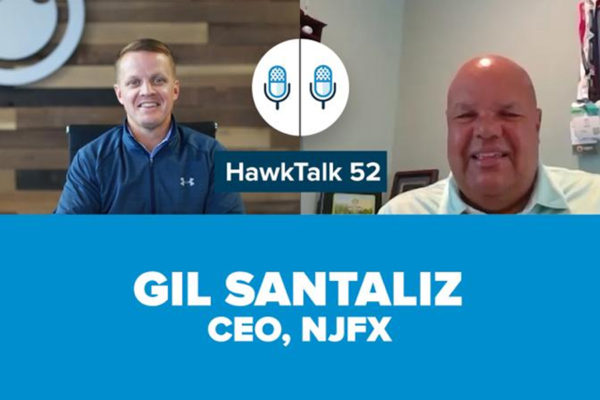
HawkTalk 52 with Gil Santaliz, CEO at NJFX
HawkTalk 52 with Gil Santaliz, CEO at NJFX Gil Santaliz CEO Published by datacenterHawk on September 1, 2020 WALL TOWNSHIP, NJ – “Covid has transformed and accelerated
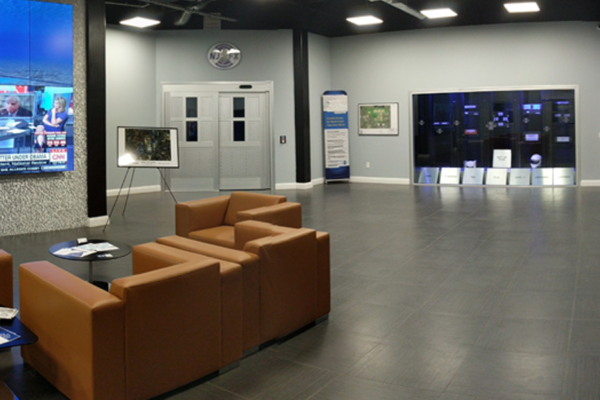
CONNECTIVITY THROUGH THE PANDEMIC: RISING TO THE CHALLENGE THROUGH COLLABORATION AND AGILITY
CONNECTIVITY THROUGH THE PANDEMIC: RISING TO THE CHALLENGE THROUGH COLLABORATION AND AGILITY Originally published on the Pacific Telecommunications Council blog on August 13, 2020. Now more than
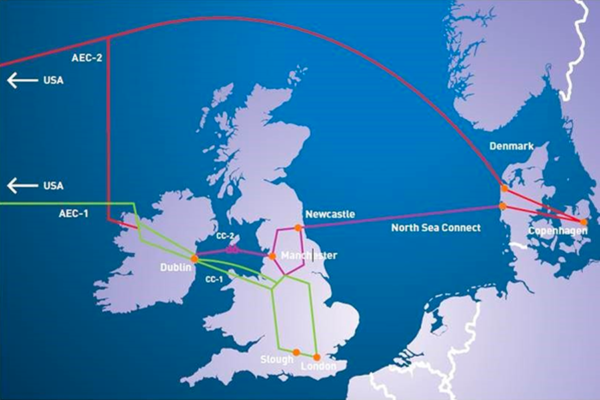
The North Atlantic Loop
The North Atlantic Loop Published by SubTelForum on July 22, 2020 July 23, 2020 Aqua Comms, the independent carriers’ carrier and the owner-operator of five subsea cables

“Every Submarine Cable Project Is Unique”
“Every Submarine Cable Project Is Unique” An interview with Michael Cunningham, CEO of Crosslake Fibre Originally posted 23 June 2020 on SubCableWorld.com. June 29, 2020 WALL
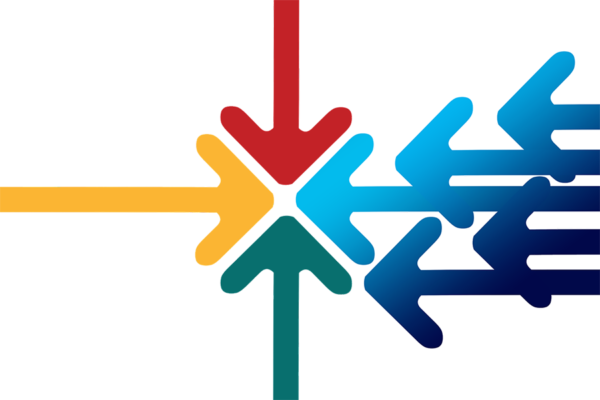
CenturyLink arrives at NJFX cable landing station colocation campus
CenturyLink arrives at NJFX cable landing station colocation campus The connection into NJFX, which offers access to four submarine cable systems and seven independent U.S.
Innovation at Lightning Speed – Connectivity MUST Keep Pace Read More »
